The Perfect Eggs are a sign of a skilled cook. They take some finesse but they are definitely not out of reach for those interested in learning how. They just require the right tools, a little technique and some new information!
Read on to find out our favorite ways to cook up the perfect eggs.
Image from Bon Appetit
Fried Eggs: Keep your pan over moderate heat
Fried eggs have potential to star in any meal: breakfast on toast, on top of a fresh salad for lunch, or running over a fresh bowl of fried rice. The key to a most delicious fried egg is to keep the yolk runny and the whites tender.
First, choose your cooking oil and your pan size. We always pull out butter, which lends a richer flavor, but if you’ve got to fry in oil, we’ll forgive you. (Oil will allow the flavor of the egg to shine through a little more and will help create a slightly crisper bottom.)
If you use butter (use butter!), let it melt and start to foam before adding your eggs. Foamy butter signals that the water has evaporated and the skillet is about 250 degrees, a fairly moderate heat that is perfect for egg frying. Heat that is too high will overcook the bottom of the egg quickly, causing it to smoke. Heat that is very low will create a rubbery egg white bottom that is dry in all areas excluding the part right next to the egg yolk.
Next, determine your desired outcome for your fried egg: Do you want a soft sunny side up egg? An over easy, medium or hard egg? Or a crispy egg white layer on the top and bottom with a runny yolk? This decision will determine your cooking technique.
For sunny-side-up eggs, remove from the pan once the whites have set. For over-easy eggs, use a spatula to flip the eggs and cook for an additional 15 seconds. The yolk should still be runny. For over-medium eggs, continue cooking once flipped for 45 seconds. For over-hard eggs, continue cooking once flipped for 2 minutes.
Or, if you’d like to go bold, try for a crispy egg white with a runny yolk. Fill the skillet with a small pool of butter or oil and allow it to heat up. Crack the egg in the skillet and, using a spoon, baste only the whites of the egg with the hot butter. The egg whites will puff and crisp, while the yolk will just slightly warm through.
Image from Bon Appetit
Poached Eggs: Vortex it up
Perfectly poached eggs can be an excellent complement to breakfast dishes, salads soups, entrees or a protein-rich addition to avocado toast. (Don’t hate.)
The perfect poached egg starts with a fresh egg brought to room temperature. The older the egg gets, the weaker the white membrane becomes, causing the protein bonds to spread when the egg hits the water. To mitigate this issue, use a fine mesh strainer to drain the loose whites that would otherwise float in the water.
Bring a few inches of water in a pot almost to a boil, then reduce the heat to a simmer. Add 2 tablespoons of distilled vinegar to the water, which will ensure that the whites set at a lower temperature and maintain a round shape, while at the same time keeping the yolks runny.
Crack the eggs into individual cups and give the pot of water a stir to create a vortex. Gently pour the eggs into the vortex and let cook just until the whites have set and yolks are still runny, about 4 minutes. (Don’t be afraid to pull the eggs out and give them a poke to test for firmness.) With a slotted spoon, remove your perfectly poached eggs to a paper towel-lined plate and dab them dry. Transfer to your avocado toast and get to eating.
Image from Bon Appetit
Scrambled Eggs: All about heat control
The art of making perfect scrambled eggs really comes down to heat control. Yes, there are other ways to tweak your technique — salting, dairy and pan size will all change your outcome — but your control of the heat will dictate whether your eggs are soft and tender or crumbly and dry.
Scrambled eggs require the right amount heat at the right time. Use visual cues instead of estimated cooking times to guide your cooking process. You will want to pour your beaten eggs into a hot skillet over medium heat to generate steam that will puff the curds, and then move your skillet on and off the heat source to regulate temperature.
While turning the eggs gently and consistently with a rubber spatula, watch for a minimal trail of raw eggs spilling into the gaps and adjust the heat to low. Use a gentle folding motion as you to continue to scramble the eggs, making sure not to break up the larger curds in the process. When the eggs look glossy, fluffy and perfect, stop the cooking process by sliding them onto a plate (heat it first for bonus points), season with salt and pepper, garnish with chives and eat immediately.
Recipes and tips from My Southern Kitchen.
And one of favorite egg essentials is this high heat, flexible, naturally nonstick, lightweight, inexpensive, easy to clean Spatula. If you want the perfect flip without destroying your over-easy egg, this spatula will do the job for you.
And if you’re looking for the right fry pan for your eggs, check out our post all about our favorite fry pans and how to decide on one to buy here.

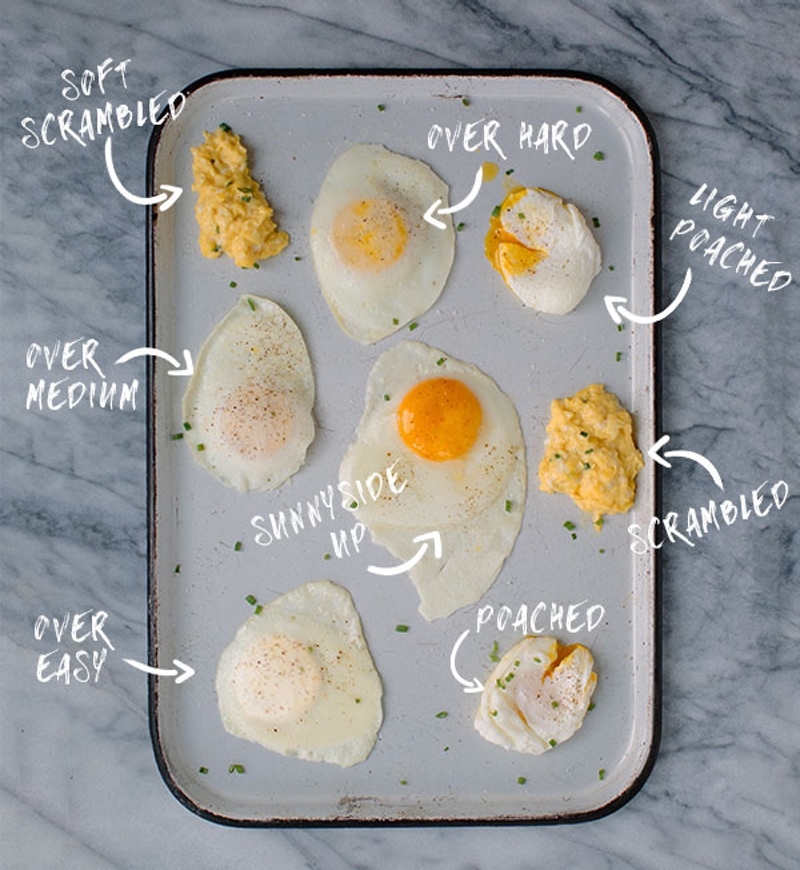
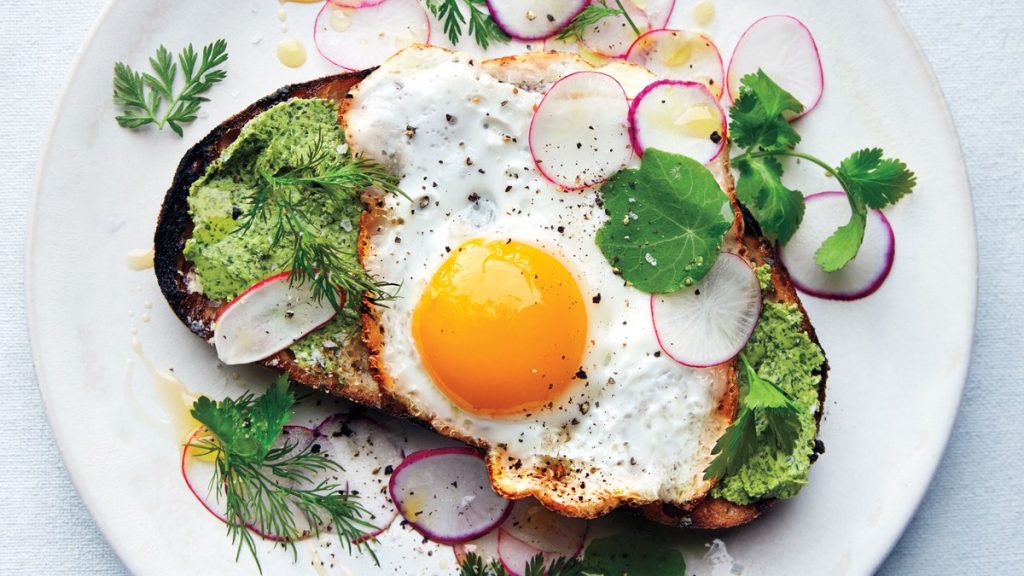
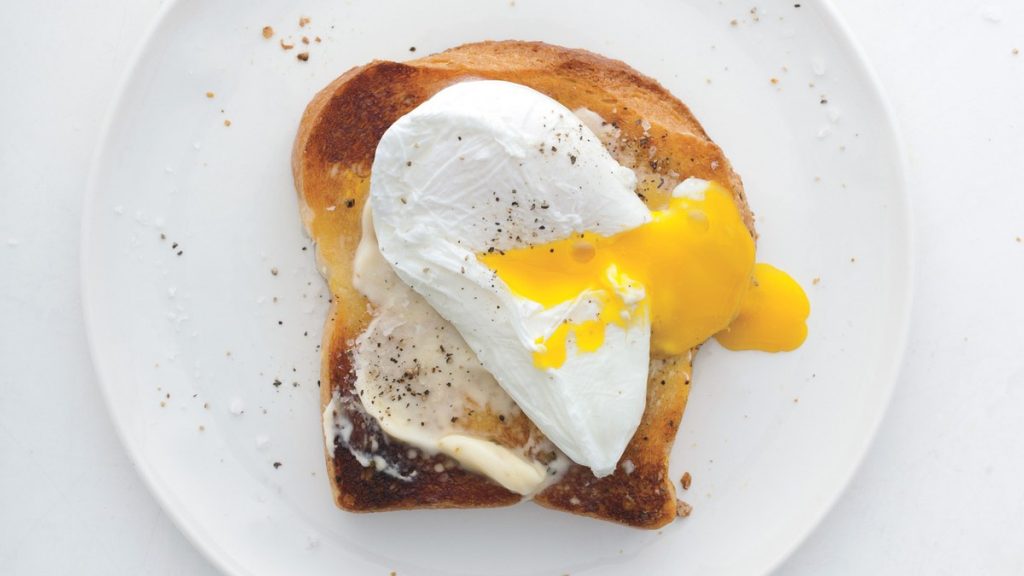
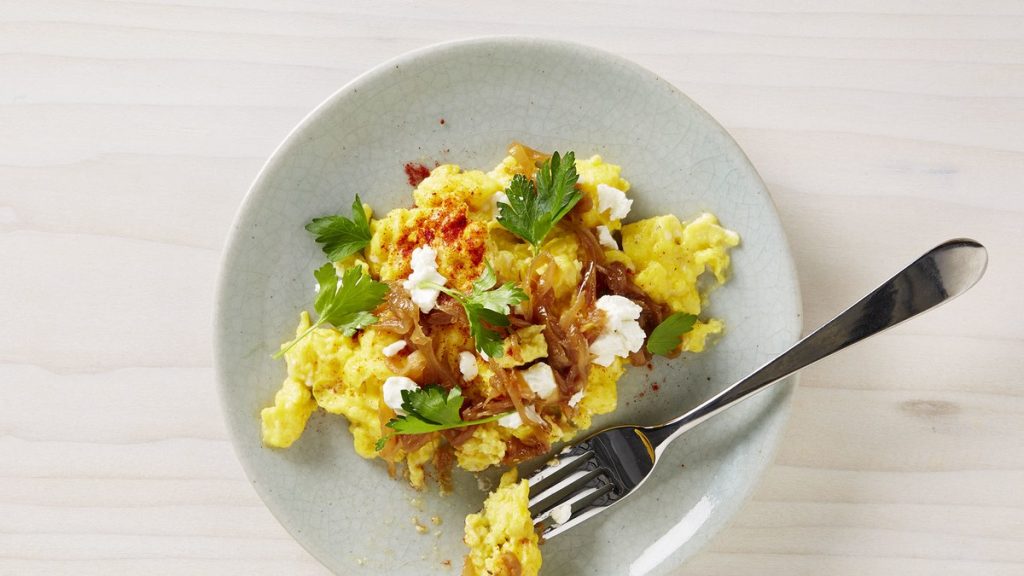

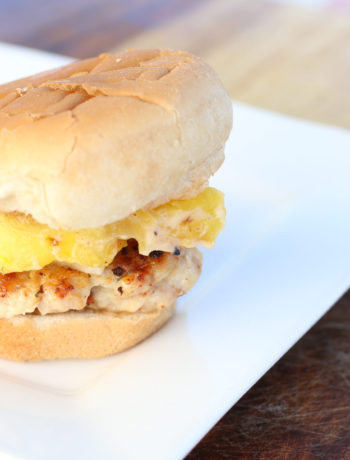
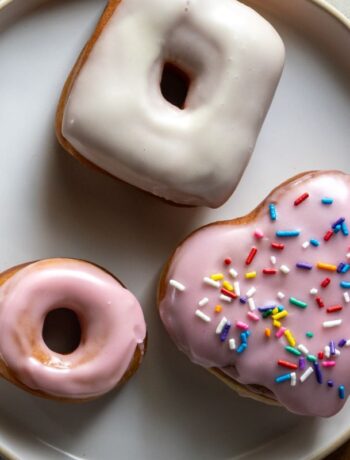
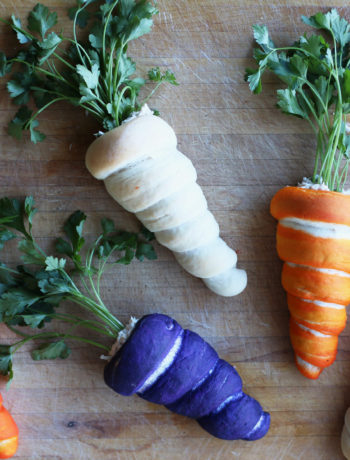
Petra
March 16, 2018 at 2:37 amExcellent and fun article! My favorite recipe is egg-in-a-hole, and if it were not too bad to eat eggs every day I would eat this food every morning. Simple and delicious, very tasty and fast breakfast.